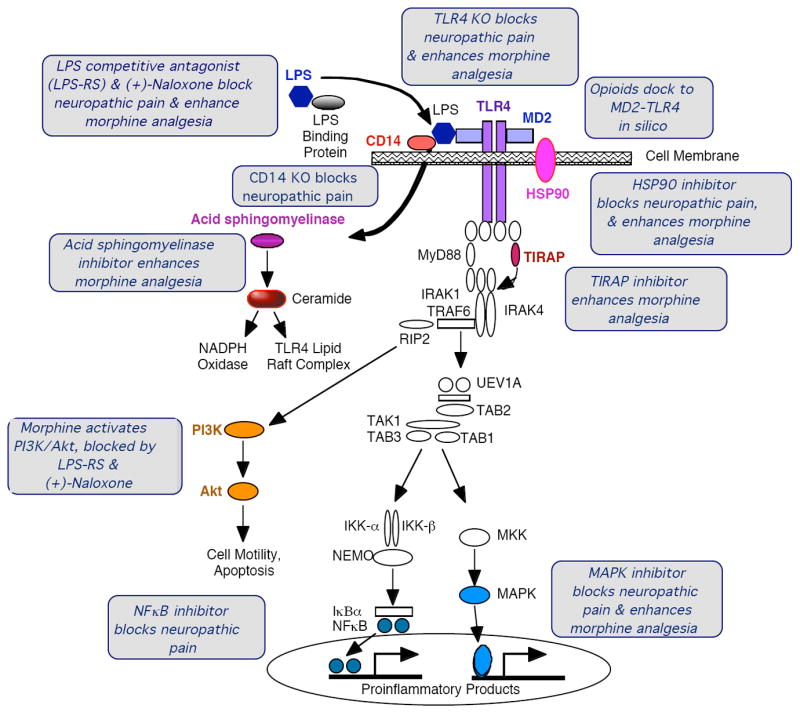Figure 2. TLR4 signaling cascade and evidence for modulation by opioids.

TLR4 signaling occurs via a cascade of events. Gram-negative bacterial lipopolysaccharide (LPS; dark blue hexagon) is the prototypic TLR4 agonist that is transported to the cell via LPS-binding protein (gray oval), which transfers LPS to CD14 on the cell membrane (red oval). This leads to intracellular activation of acid sphingomyelinase (purple oval), which generates ceramide (red oval). Ceramide induces the generation of a lipid raft containing the co-receptor myeloid differentiation factor 2 (MD2) (light blue rectangle), TLR4 (purple rectangles), and heat shock protein (HSP) 70 and HSP90 (pink oval), among other elements. Ceramide also activates NADPH oxidase, that leads to peroxynitrite formation. CD14 transfers LPS to MD2 (light blue rectangle), leading to both MD2-TLR4 heterodimerization and then homodimerization of MD2-TLR4 pairs. Ensuing intracellular signaling occurs through toll-interleukin 1 receptor domain containing adaptor protein (TIRAP) to at least 3 parallel pathways: cell motility and cell survival/apoptosis occur through the IP3K/Akt pathway (yellow ovals), and proinflammatory products such as cytokines result from activation of the NFκB (dark blue circles) and MAPK (medium blue oval) pathways. The gray boxes provide summaries of the converging evidence that opioids interact with the TLR4 signaling cascade. The TLR4 signaling pathway schema is a modified from illustrative figure of Dauphinee and Karsan http://www.nature.com/labinvest/journal/v86/n1/fig_tab/3700366f1.html#figure-title
